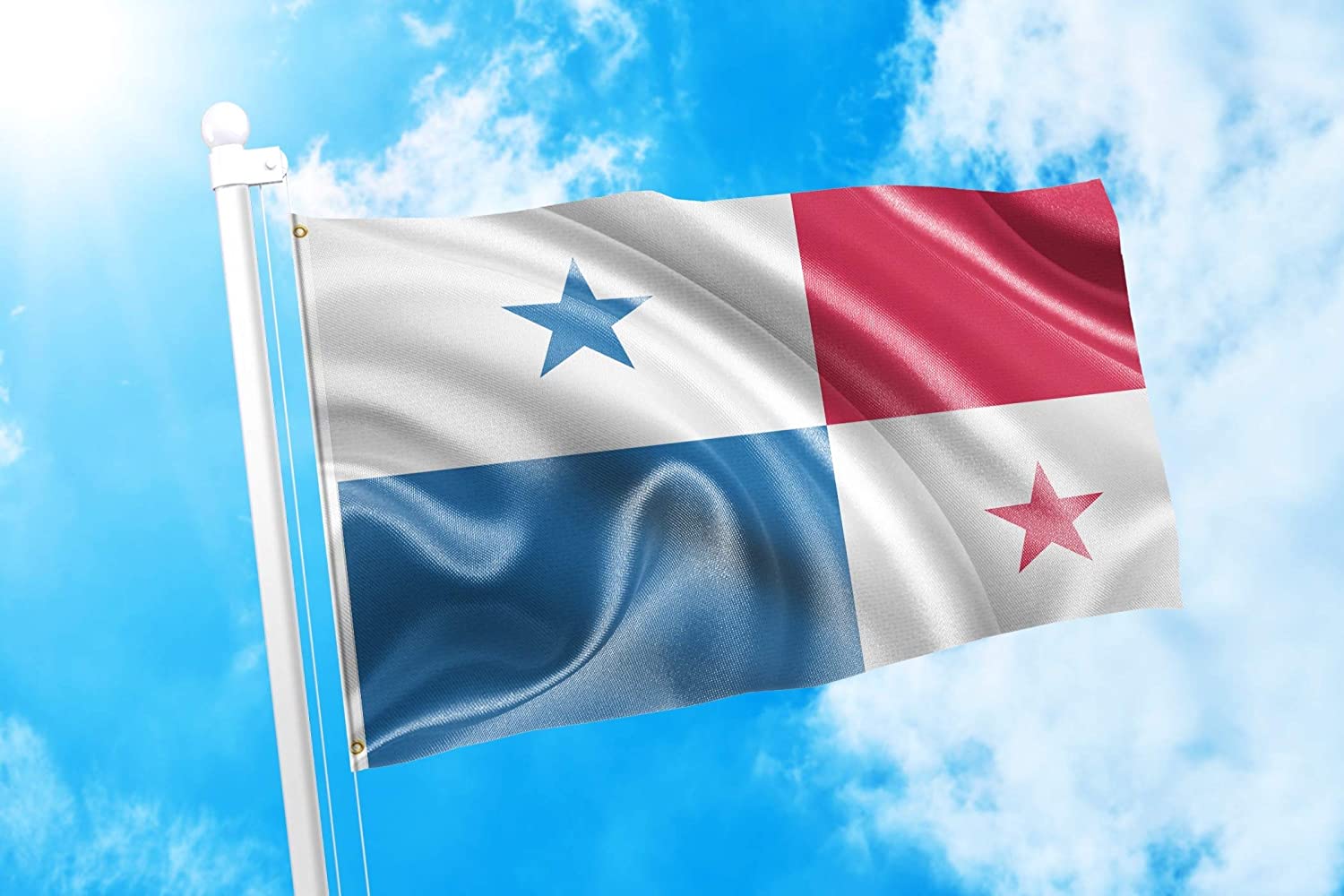The Hidden Secrets Of The Panamanian Flag

Have you ever wondered about the story behind the Panamanian flag? This colorful symbol holds more than just aesthetic value. Each element of the flag represents a piece of Panama's rich history and culture. The flag features four quarters: two white, one blue, and one red. A blue star sits in one white quarter, while a red star occupies the other. These colors and stars aren't random; they symbolize political parties, peace, and the country's quest for unity. Understanding the Panamanian flag can give you a deeper appreciation for this Central American nation. Let's dive into its fascinating details!
The Colors of the Panamanian Flag
The Panamanian flag is a vibrant symbol of the country's history and culture. Each color holds a special meaning that reflects the nation's identity.
- Red: Represents the Liberal Party and the bloodshed for independence.
- Blue: Symbolizes the Conservative Party and the Pacific Ocean.
- White: Stands for peace and unity between the two political parties.
The Stars on the Panamanian Flag
The stars on the flag are more than just decorative elements. They carry significant meanings that resonate with the country's values and aspirations.
- Blue Star: Located in the top left quadrant, it signifies purity and honesty.
- Red Star: Found in the bottom right quadrant, it represents authority and law.
The Flag's Design and Layout
The design of the Panamanian flag is simple yet meaningful. Its layout is a reflection of the country's political landscape and aspirations for peace.
- Quadrants: The flag is divided into four equal rectangles, two white, one red, and one blue.
- Symmetry: The symmetrical design emphasizes balance and equality.
Historical Context of the Panamanian Flag
Understanding the historical context behind the flag's creation provides deeper insight into its significance.
- Independence from Colombia: The flag was adopted on November 3, 1903, marking Panama's independence.
- Design by Manuel Amador Guerrero: The first president of Panama designed the flag, embedding national pride within its fabric.
The Flag's Role in Modern Panama
Today, the Panamanian flag continues to play a crucial role in the nation's identity and daily life.
- National Holidays: The flag is prominently displayed during Independence Day and other national celebrations.
- Education: Schools teach students about the flag's history and significance, fostering national pride from a young age.
The Flag in International Context
The Panamanian flag also holds a place on the global stage, representing the country in various international arenas.
- Maritime Significance: As a major maritime nation, Panama's flag is widely recognized on ships worldwide.
- Sports Events: Athletes proudly carry the flag during international competitions, showcasing their national pride.
Unique Traditions Involving the Flag
Panama has unique traditions that involve the flag, adding to its cultural richness.
- Flag-Raising Ceremonies: Daily flag-raising ceremonies occur in schools and government buildings.
- Flag Day: Celebrated on November 4, the day after Independence Day, to honor the flag and its significance.
The Flag's Influence on Panamanian Art and Culture
The flag's influence extends beyond politics and history, permeating Panamanian art and culture.
- Art: Many Panamanian artists incorporate the flag's colors and symbols into their work.
- Fashion: Traditional clothing often features the flag's colors, blending national pride with cultural expression.
The Future of the Panamanian Flag
As Panama continues to grow and evolve, the flag remains a steadfast symbol of the nation's identity and aspirations.
- Modern Interpretations: New generations find innovative ways to honor the flag while staying true to its original meaning.
- Global Recognition: The flag's presence on the international stage continues to strengthen Panama's global identity.
The Panamanian Flag's Unique Story
The Panamanian flag isn't just a piece of cloth. It tells a story of unity, peace, and independence. Each color and symbol has a deep meaning. The blue star stands for purity and honesty. The red star represents authority and law. The white background symbolizes peace. The flag's design reflects Panama's history and its path to becoming a nation.
Knowing these details makes you appreciate the flag more. Next time you see it, you'll understand the pride Panamanians feel. This knowledge also helps you connect with the culture on a deeper level. So, whether you're visiting Panama or just learning about it, remember the flag's unique story. It’s a small but powerful piece of the country's identity.

